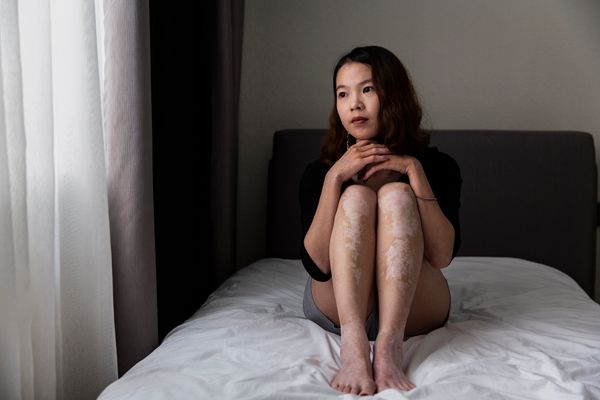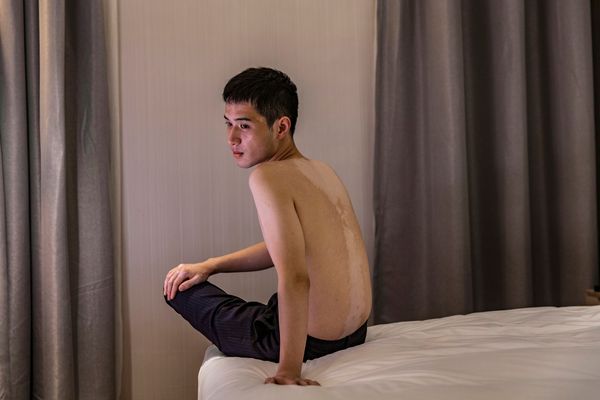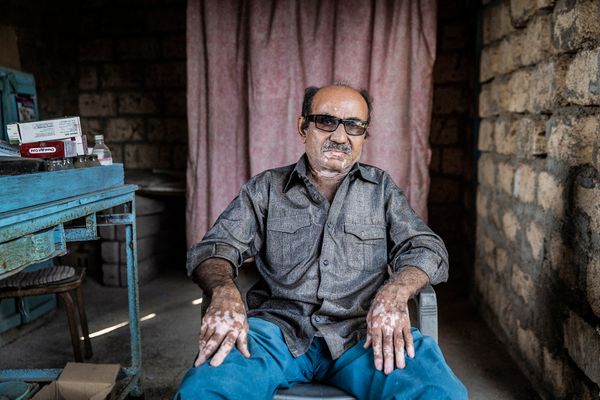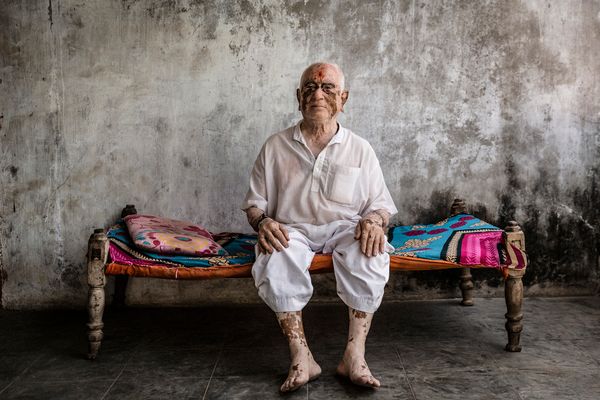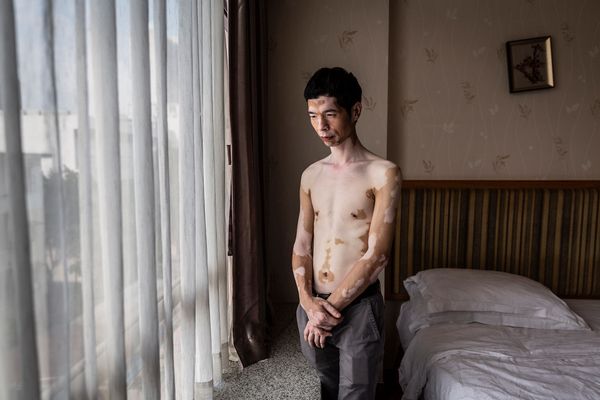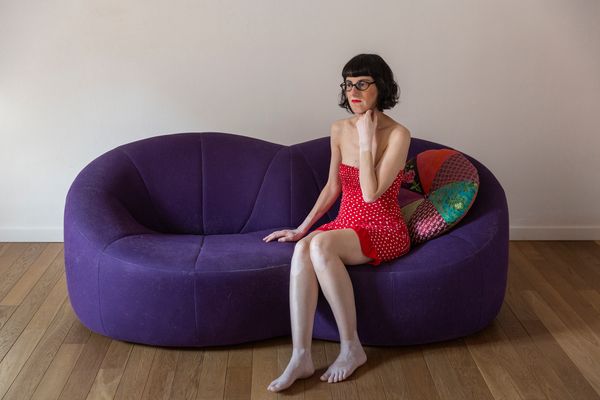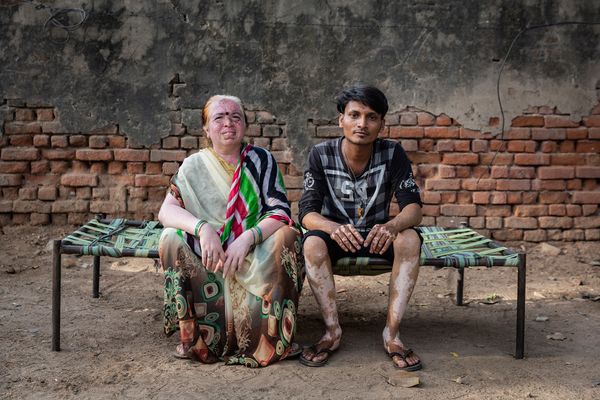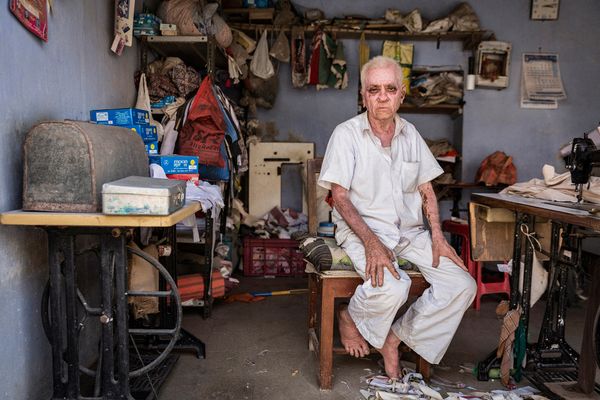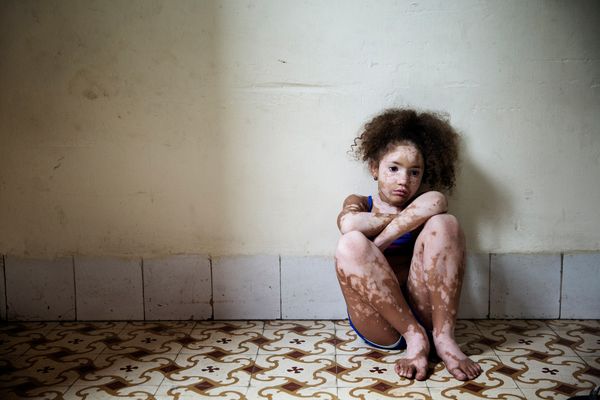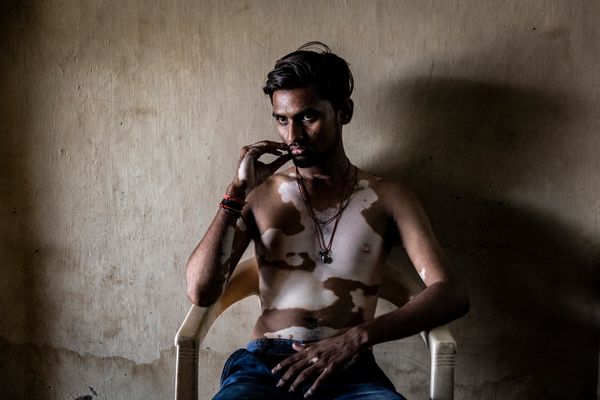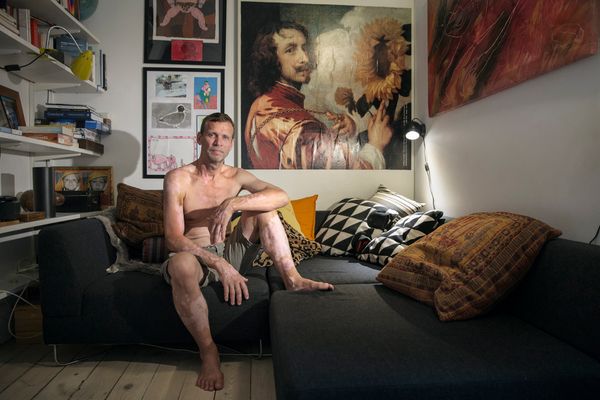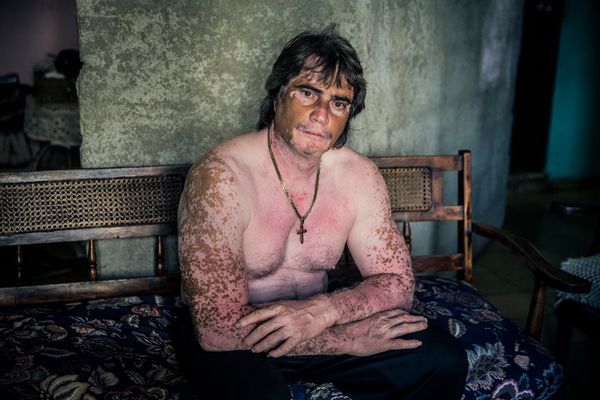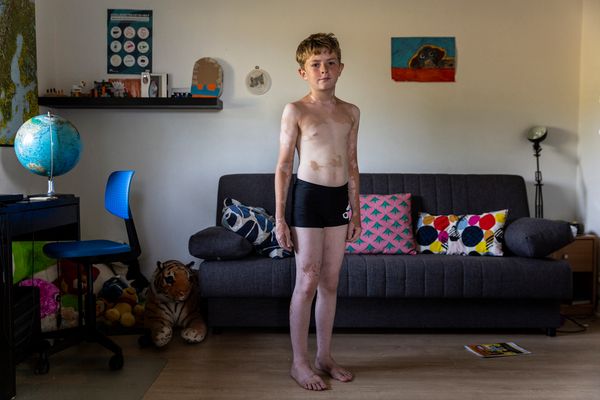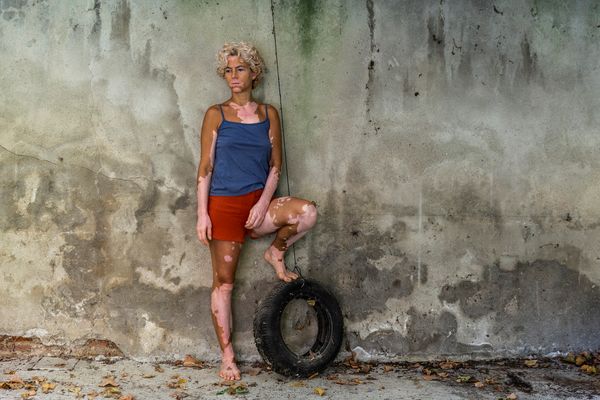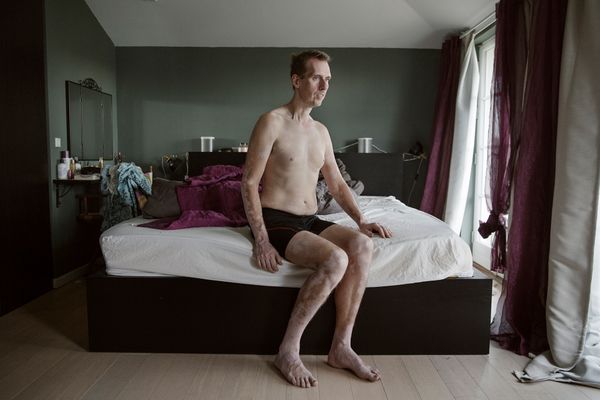VITILIGO
-
Dates2017 - Ongoing
-
Author
VITILIGO
This project consists of a series of environmental portraits of people suffering from vitiligo, a chronic condition characterized by depigmented patches of skin due to the loss of melanocytes, the cells that produce the skin-darkening pigment melanin. Vitiligo affects 1 to 2% of the world’s population, regardless of age, sex or ethnic background. While the exact causes of this condition remain unknown, a number of factors may contribute, including, among others, an autoimmune disorder, a stressful or traumatic event, and heredity. The natural course of the disease is unpredictable. Available treatments range from creams and lotions to phototherapy, to pills. They may help reduce the visibility of vitiligo, but no cure currently exists.
My interest in vitiligo comes from my childhood, as several members of my family in Italy have the condition. Growing up, I realized that, even though vitiligo is not contagious, it could be life altering due to the social stigma attached to it. It thus became important to me to explore, through photography and interviews, the impact of vitiligo on the quality of life of those who suffer from it. So far, I have met and photographed people across five countries: India, China, Denmark, Cuba and – of course – Italy. India, China and Denmark are the three countries with the highest incidence of vitiligo (in the Gujarat region, India, it reaches 9%), while Cuba deserves attention because of a topical human placental extract used to treat patients in Havana, which is claimed to be very effective and costs little more than a candy bar.
VITILIGO inevitably raises questions about beauty and identity. Young people with visible vitiligo are often shunned, shamed, or mocked with nicknames like ‘cow’, ‘clown’ or ‘giraffe’. The resulting emotional effects can be devastating – low self-esteem, anxiety, or even depression. In short, the impact of vitiligo goes way beyond the skin. Sufferers undergo a physical as well as a mental change, because vitiligo can adversely affect a person’s social interaction, romantic relationships, and career . This change is especially challenging in cases where vitiligo spreads rapidly and sufferers have to cope with the loss not only of their pigment, but also of a part of their racial identity. While much progress has been made in terms of the public perception of vitiligo since model Winnie Harlow became world famous, more needs to be done for the majority of people who have the condition, who just want to be cured and live like everybody else.
For these reasons, one of my main aims has been to provide an authentic representation of my subjects, in an effort to give dignity back to human beings who are vulnerable and stigmatized because of their appearance. The portraits of Mercedes, Benjiamin, Yisel, Alejandro, Lu, Ankit Majsuriya, Eva, Miladis, Niels, and all those who let me – and my camera – into their world, challenge the emphasis placed by contemporary society on appearance and aesthetics. I am humbled by the courage and generosity of the people I have photographed for this project. By embracing themselves and their authenticity, they are paving the way for others to do the same. By showing their bodies as they are, they have taken action to raise awareness of vitiligo, with a view to encouraging greater medical and psychological support for sufferers and their families, and in the hope of prompting researchers to identify new therapies that could fill the current gaps in treatment options.
